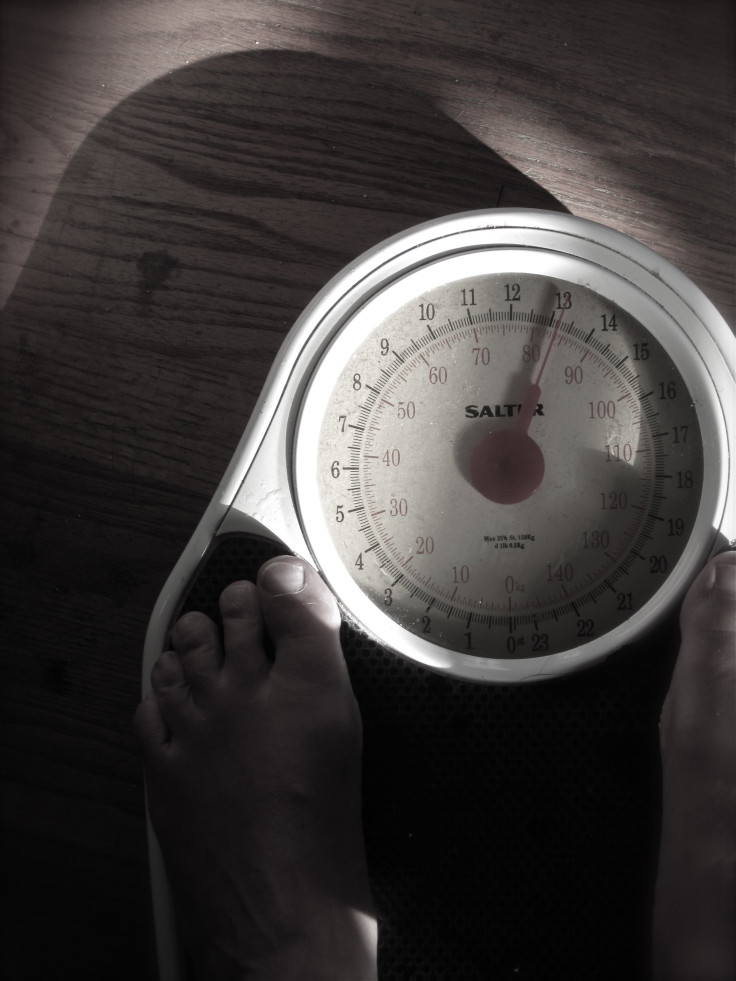Ambitious But Flexible 'High-Low Range Goals' Make Weight Loss Easier

According to a new study, consumers are more likely to pursue goals they have already attempted before, as long as they are ambitious and flexible. In the study, "The Effect of Goal Specificity on Consumer Goal Reengagement," researchers concluded goals such as weight loss become more attainable if they provide a range.
Researchers found that when they examined "high-low range goals," there was a higher likelihood that consumers will want to reengage a goal they have already attempted, or pursue a goal in hopes of reaching it for the first time. This specific approach to weight loss can also be applied to saving money and achieving athletic goals.
"Whether a goal is a high-low ranger goal (lose two to four pounds this week) or a single number goal (lose three pounds this week) has a systematic effect on goal reengagement. High-low range goals influence consumer goal reengagement through feelings of accomplishment, which itself is driven by the attainability and challenge of the goal," said the study's authors, authors Maura L. Scott of Florida State University and Stephen M. Nowlis of Washington University in St. Louis.
This particular concept hasn't received much research attention, according to Scott and Nowlis; however, it has showed greater goal-attainment than fad and binge diets. The theory behind its success compared to single-number goals is that this high-range goal method creates a perceived attainability for the person and a direct sense of accomplishment afterward.
When setting out to achieve goals, it is easier not going in blind, but instead understanding where you sit in a range and giving yourself a realistic high and low. About 3,500 calories equals 1 lb. of fat, so by looking at the number, cutting 500 pounds everyday will help you obtain that goal (500 calories x 7 days =3,500 calories). However, the stringency of the single number is daunting and uninviting. Achieving the goal would be easier and more comfortable if you provide yourself with some room for failure, and especially some room for challenging achievements. A range of 300 to 700 calories makes a realistic and formidable goal. According to Mayo Clinic, 150 minutes a week of moderate aerobic activity or 75 minutes a week of vigorous aerobic activity is necessary for effective weight loss. Take the single number and make it attainable by aiming for 100 to 200 minutes of moderate aerobic activity a week or 50 to 100 minutes a week of vigorous aerobic activity.
At the end of the study, consumers with high-low range goals reenrolled in the programs they were involved with at higher rates than those with single number goals, regardless if they were achieving their goals at high rates. The study noted that consumers exhibited similar behaviors with other goals such as resisting food-temptations, solving puzzles, and testing their money-saving skills with a grocery shopping game.
According to TIME's Business & Money, using high-low ranges is a handy trick to achieve motivation to stick with a long-term financial goal. According to Maura Scott, an assistant professor of marketing at Florida State University, it is important not to use a range as an excuse to lowball expectations. Scott found that by making the low range too attainable and easy to achieve, it can be just as demotivating as having a goal that's impossible high.
"In one case you're not pushing yourself, and in the other, even if you're pushing yourself, you're not reaching it," Scott said.
There are dual psychological factors that drive personal motivation for goal attainment. By giving yourself a goal that's realistic but a real stretch, you're also giving yourself room to achieve said goal, as opposed to restricting yourself to a single looming digit.
In America alone, more than one in three adults are considered obese, and one in four have more credit card debt than savings. Is this because they have been setting their goals incorrectly this whole time?



























